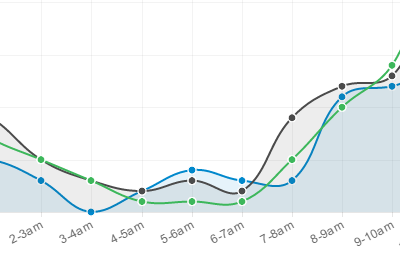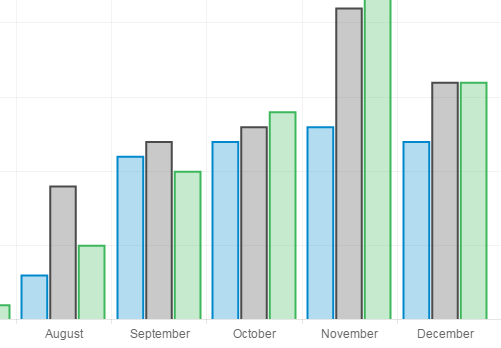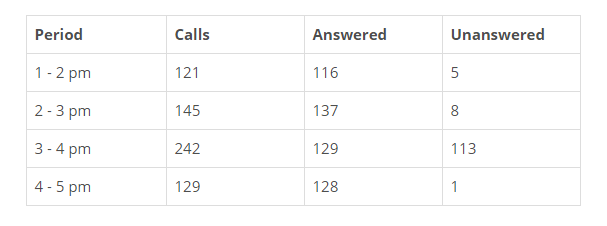Numerical Reasoning Practise Tests & Questions
What are numerical reasoning tests?
Numerical reasoning tests are used by employers to ensure prospective employees' have the required numerical and analytical skills. These tests include a variety of different question types which may require you to analyse charts and graphs, interpret data and perform calculations and other numerical based exercises. Generally, you do not need a degree in mathematics to be able to score well. Knowing a few basic formulae such as percentage increase along with the ability to manipulate numbers and charts will allow you to answer the majority of questions.
You can find a few of the main question types we use below, becoming familiar with these may be helpful before sitting your numerical exam. Many of these questions are logic based and require you to manipulate the data you have been given to produce an answer. More often than not, the questions are multiple choice.
These tests are used in most recruitment processes as basic numerical skills are required in the majority of fields. Our numerical tests are designed to cover the majority of areas and increase your overall knowledge and skill in the area. The questions have been designed to be challenging in order to develop your skills, these are also time pressured in order to replicate the real exam.
Some common numerical reasoning questions
Please note, this is not a comprehensive list of the numerical questions you face. Questions types will vary between test centres. We have created a page which will show you how to answer common numerical questions.
Analyse trends - Interpret graphs / data sets

Given a set of data, are you able to quickly interpret it?
Questions often contain a lot of data points (commonly displayed in a line/bar chart or table) but picking out the numbers you need under time can be difficult.
Some questions may require you to interpret graphs or tables and perform simple calculations on the data, for example calculate the average sales over a period.
You may also be asked multiple questions on the same data, so it is important that you are familiar with different ways of data can be displayed.
Comparisons and Percentages - Find changes in data

Take the bar chart to the left as an example, are you able to work out the percentage increase in the green bar from September to October?
It is important you know some basic formulae and techniques while being able to use them effectively.
Numerical questions are very time pressured and many people may not manage to complete all the questions in the allotted time.
Tabulated Data - Perform calculations

Tables are an easy way to display a lot of information neatly. This means that these questions usually include a vast amount of irrelevant data!
Questions including tables can often fluster candidates so it is important to understand the question requirement before diving into the data.
Take a practise test
We are currently developing our numerical reasoning tests. Please check back at a later date!
Why practice?
Most numerical tests will be extremely time pressured and the majority of people will not finish them.
You will more than likely be instructed to work quickly but accurately and to answer as many questions as you can so the more your practise, the quicker you will be able to accurately complete the questions.
Read more about what to expect on the day with our numerical reasoning tips.



